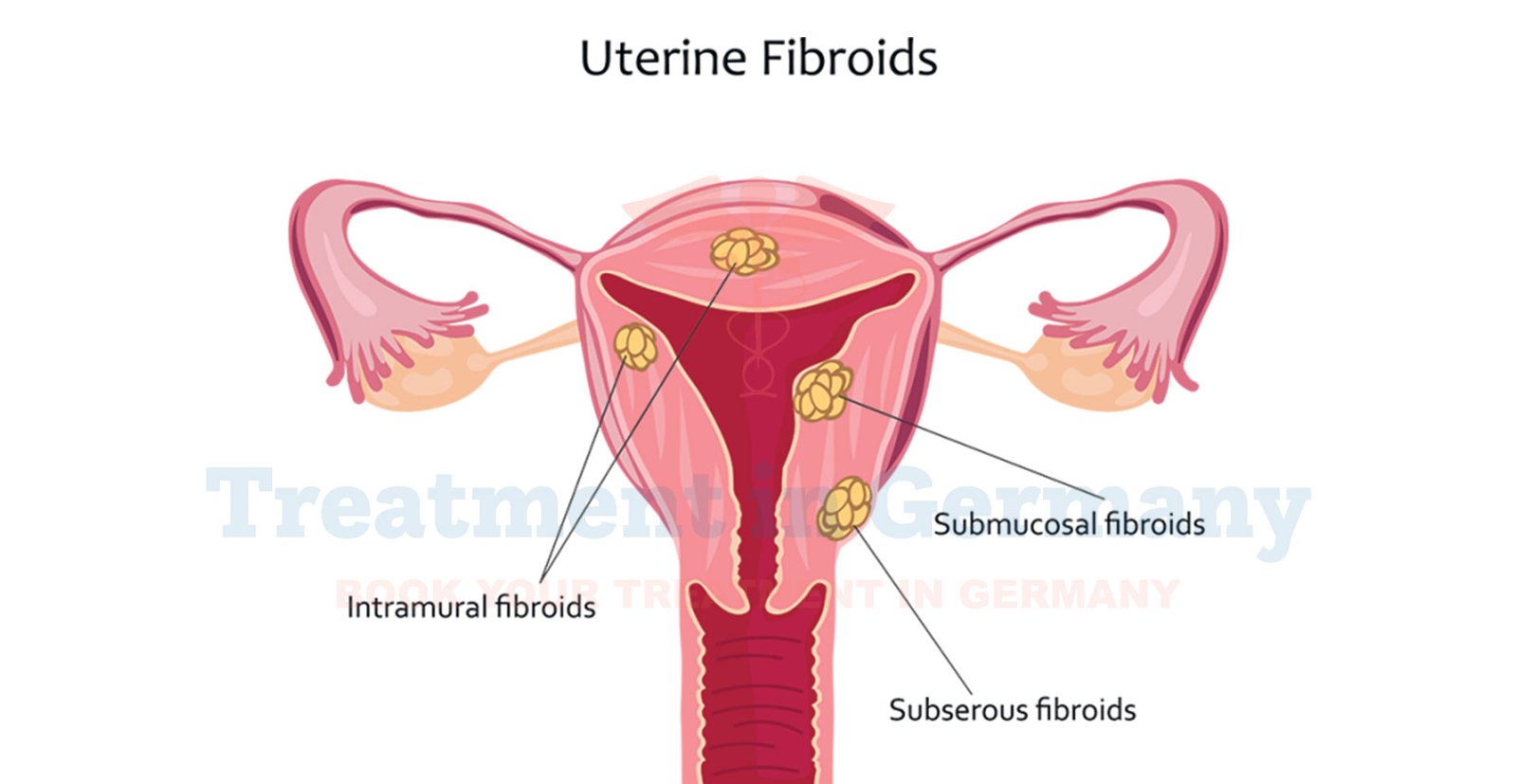What is Uterine Fibroids?
Uterine fibroids, also known as leiomyomas or myomas, are non-cancerous growths that develop within the muscular walls of the uterus.
They can vary in size, ranging from as small as a seed to as large as a grapefruit. These growths are quite common, with many women experiencing them at some point during their reproductive years.
Side Effects of Uterine Fibroids
While uterine fibroids often do not cause noticeable symptoms, they can lead to various side effects depending on their size and location. Common symptoms include:
- Heavy menstrual bleeding: Fibroids can cause prolonged or heavy menstrual periods, leading to anemia in some cases.
- Pelvic pain and pressure: Large fibroids can cause discomfort or pain in the pelvis or lower back.
- Urinary and bowel problems: Fibroids pressing on the bladder or bowel can cause frequent urination or constipation.
- Infertility or pregnancy complications: Depending on their size and location, fibroids can interfere with fertility or lead to complications during pregnancy.
How is Uterine Fibroids Diagnosed?
To diagnose uterine fibroids, doctors in Germany typically use a combination of methods, including:
- Pelvic exam: Your doctor may feel for any abnormalities in your uterus during a pelvic exam.
- Ultrasound: This imaging test uses sound waves to create pictures of the uterus, allowing doctors to visualize any fibroids.
- MRI (Magnetic Resonance Imaging): In some cases, MRI may be used to get more detailed images of the uterus and fibroids.
- Hysteroscopy: A procedure where a thin, lighted tube (hysteroscope) is inserted through the vagina and cervix into the uterus to view the inside of the uterus.
Potential Treatments for Uterine Fibroids
Treatment options for uterine fibroids in Germany depend on several factors, including the size and location of the fibroids, your symptoms, and your desire for future fertility. Some common treatments include:
- Medications: Non-surgical options such as hormonal medications or pain relievers may be prescribed to manage symptoms.
- Minimally Invasive Procedures: Procedures like uterine artery embolization (UAE) or focused ultrasound surgery (FUS) can shrink or destroy fibroids without surgery.
- Surgical Removal: In cases where fibroids are large or causing severe symptoms, surgical options such as myomectomy (removal of fibroids while preserving the uterus) or hysterectomy (removal of the uterus) may be recommended.
👉 Contact us for further information and receive a complimentary consultation.

.webp)
.webp)
 (1).webp)
 (1).webp)

.webp)
.webp)
 (1).webp)
 (1).webp)
